
In modern construction, improving the performance of concrete while reducing its environmental impact is a top priority.
View More

In modern construction, improving the performance of concrete while reducing its environmental impact is a top priority.
View More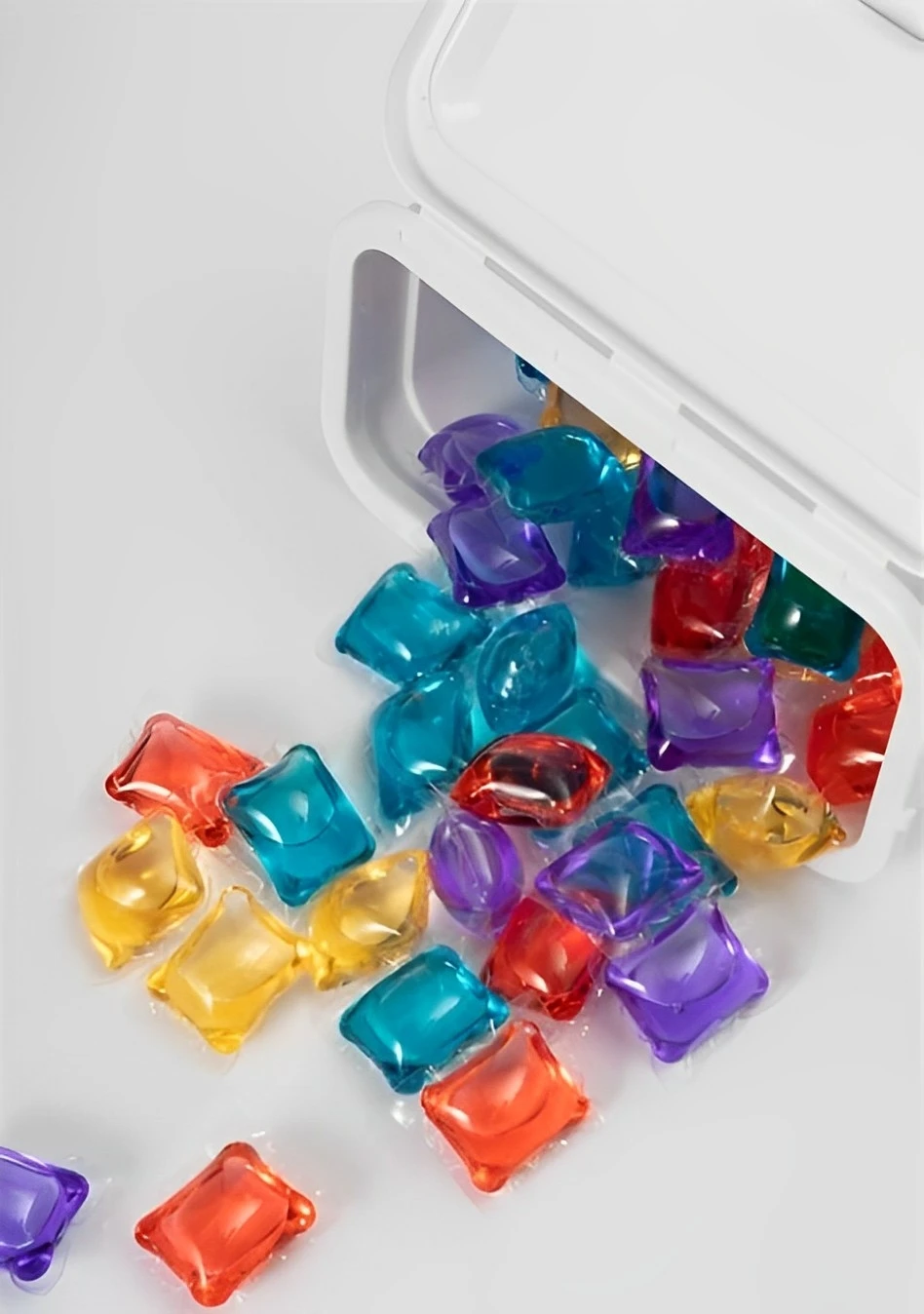
Polyvinyl alcohol (PVA) is a synthetic polymer known for its water solubility, strength, and flexibility.
View More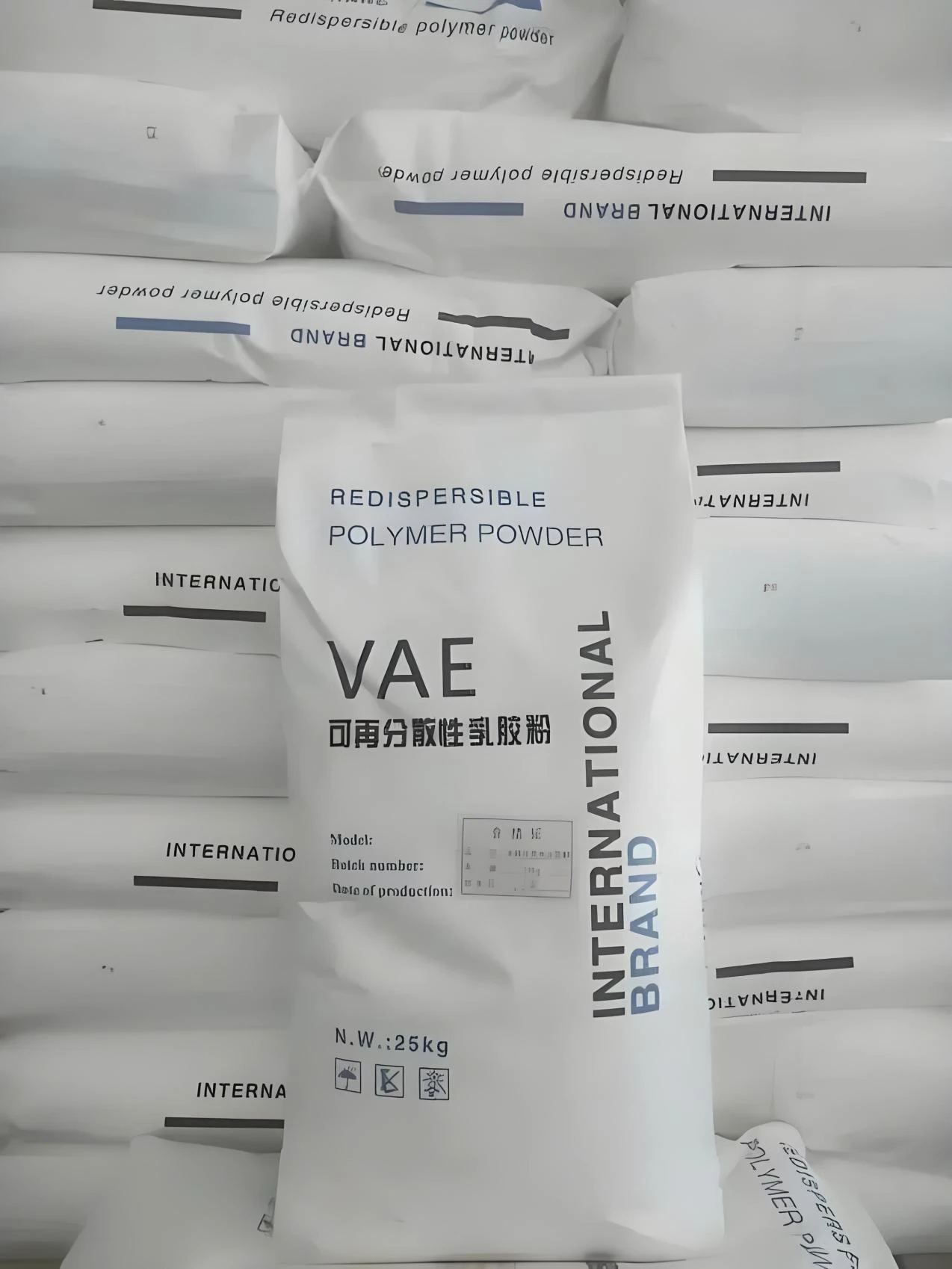
Redispersible powder (redispersible powder), commonly known as RDP, is a key additive in dry mix construction materials.
View More
In concrete technology, water reducer (water reducer) admixtures play a vital role in improving workability while maintaining strength.
View More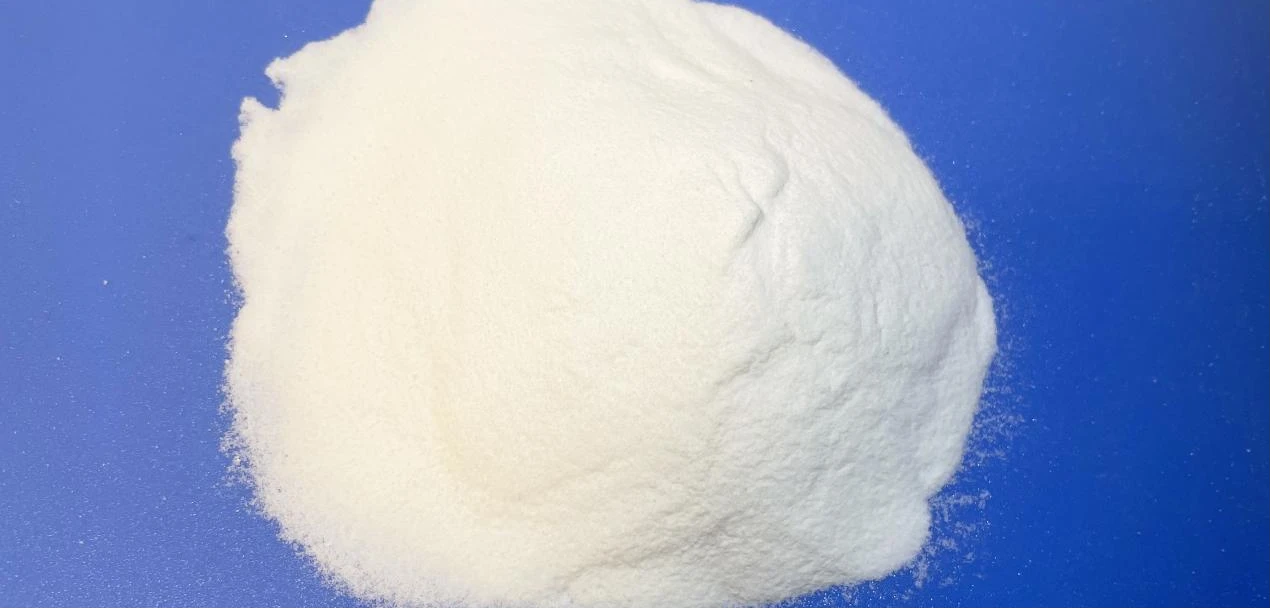
In concrete construction, the water reducing admixture (water reducing admixture) plays a critical role in optimizing mix design.
View More
In the construction industry, additives play a crucial role in improving the performance of building materials.
View More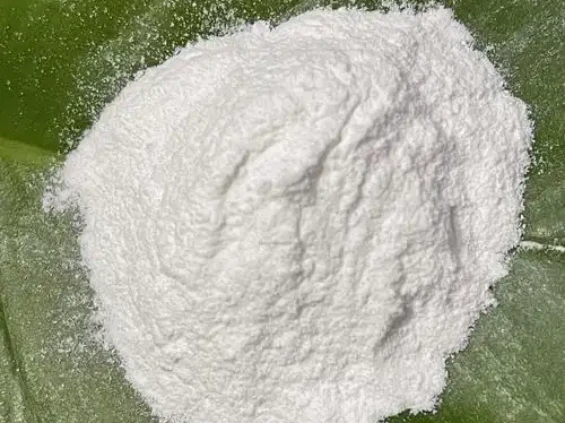
Redispersible polymer powder (RDP) is a free-flowing, white powder obtained by spray-drying polymer emulsions.
View More
PVA for sale is widely available in various forms, including polyvinyl alcohol powder, a water-soluble synthetic polymer with versatile applications in different industries.
View More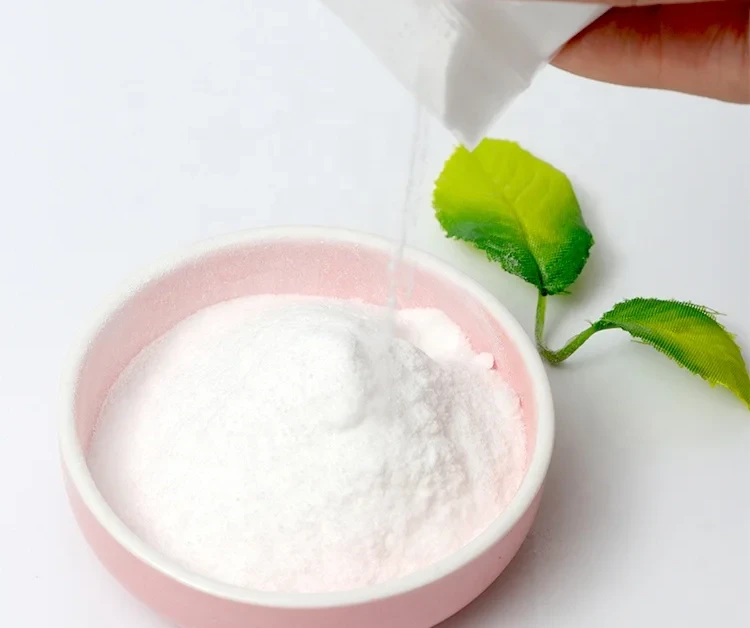
Chemical MHEC, or Methyl Hydroxyethyl Cellulose, is a modified cellulose ether widely used for its thickening, water retention, and binding properties.
View More
PVA types are widely utilized in various industries, with general purpose PVA being one of the most commonly used forms in construction.
View More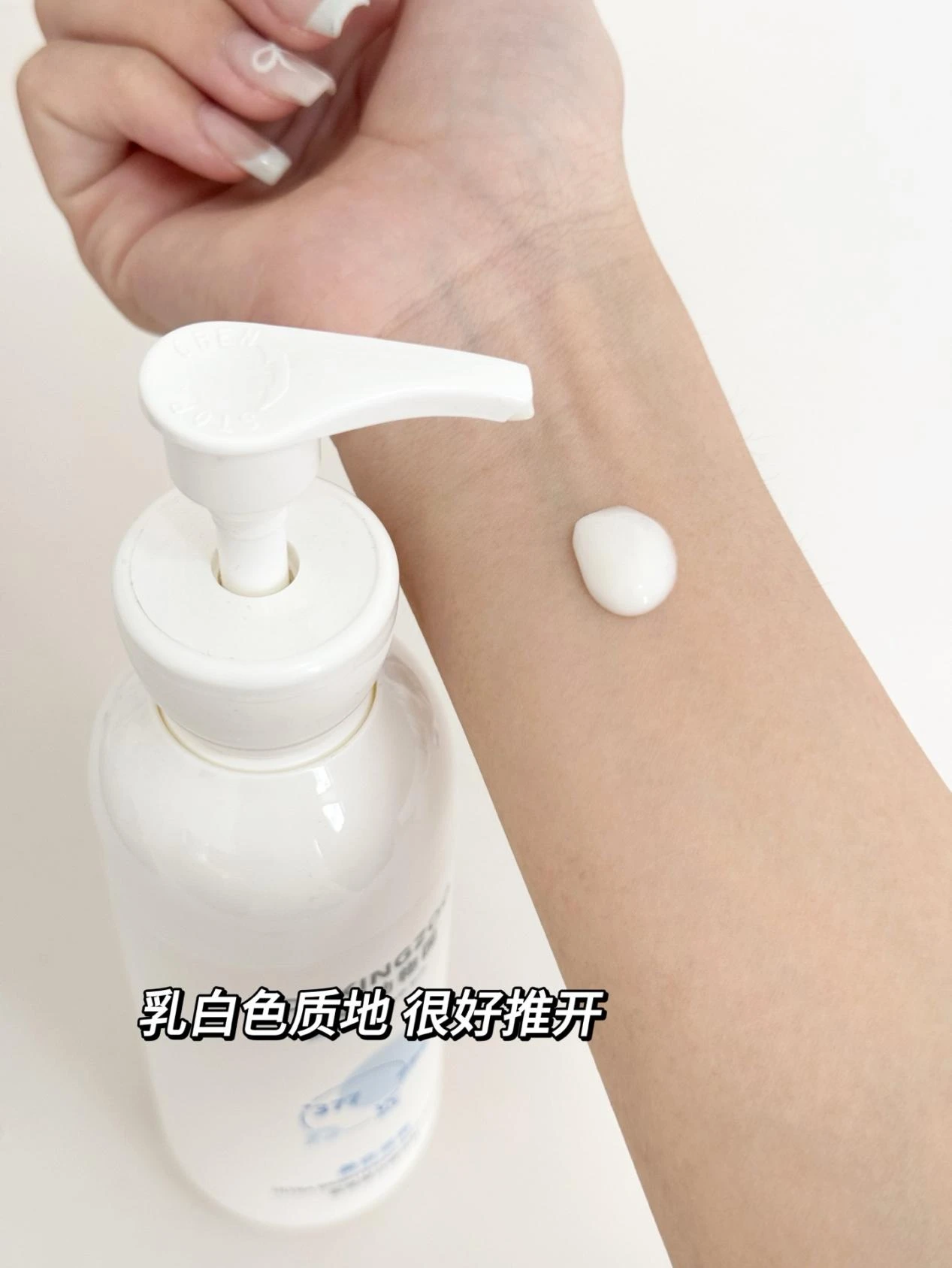
Hydroxyethylcellulose skin care products have become increasingly popular for their ability to provide smooth, hydrated, and stable formulations.
View More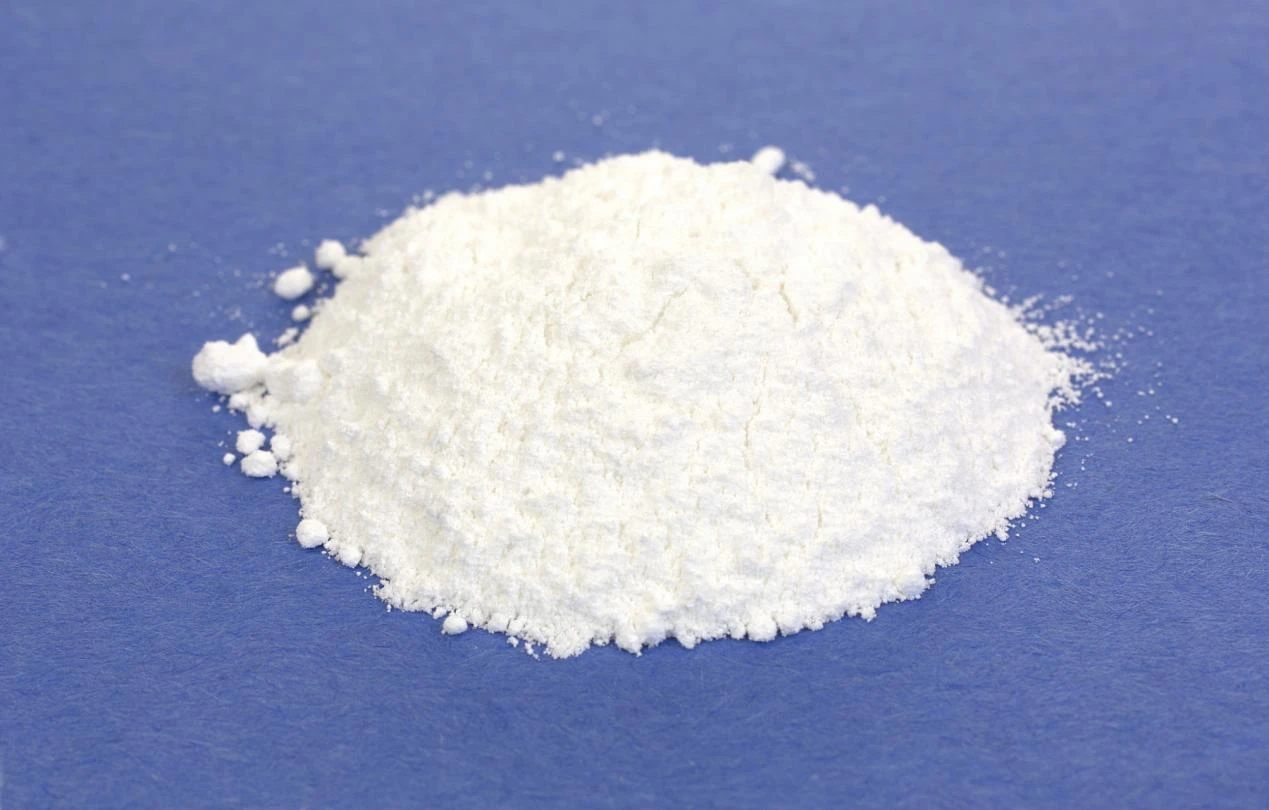
Hydroxypropyl Methyl Cellulose, commonly referred to as HPMC, is a versatile polymer widely used across construction, pharmaceuticals, food, and personal care.
View More